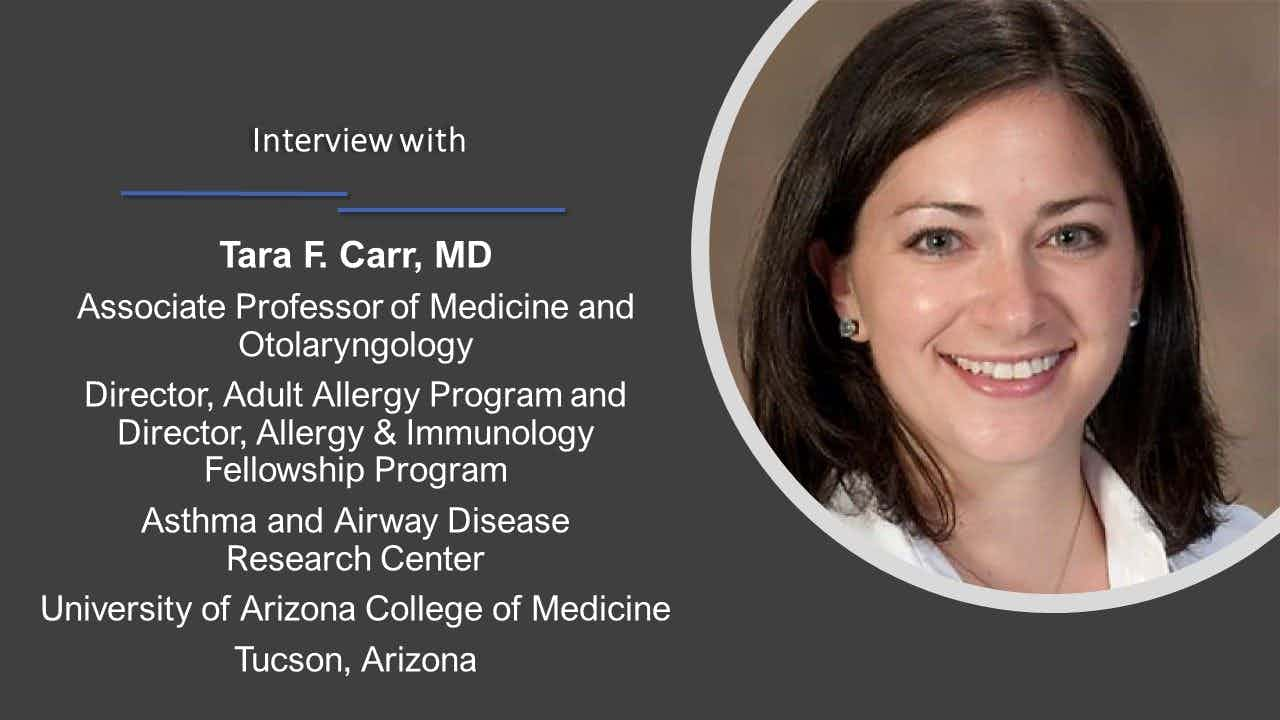Theophylline:Tips for Safe and Effective Use
Theophylline has numerouswell-documented and clinicallysignificant drug interactions.Several diseases alsoaffect theophylline clearance.Here, I provide examples of drug anddisease interactions that are most relevantto office practice.
Theophylline has numerouswell-documented and clinicallysignificant drug interactions.Several diseases alsoaffect theophylline clearance.Here, I provide examples of drug anddisease interactions that are most relevantto office practice.During the past decade, the useof theophylline has declined becauseof concerns about serious adverseeffects.1-6 In addition, safer and moreefficacious therapies for asthma7 andchronic obstructive pulmonary disease(COPD)8,9 have become available.However, millions of patientscontinue to take theophylline as maintenancetherapy--among them, thosewith COPD who use this drug as a"step 3" agent after inhaled bronchodilators,including long- and short-actingβ2-agonists and anticholinergics.8,9Although long-acting inhaled β2-agonistsare the agents of choice for nocturnalasthma not controlled by inhaledcorticosteroids and environmentalmeasures, an evening dose oftheophylline is an effective alternative.10 In addition to its other pharmacologicproperties, theophylline hasmild anti-inflammatory effects.11MAINTAININGTHERAPEUTIC SERUMCONCENTRATIONSBecause of the potential toxicityof this drug, appropriate initial andmaintenance dosages--as well asserum theophylline concentration(STC) monitoring--are essential.7,11Table 1 lists factors that must be addressedto ensure the safe use oftheophylline. When the NIH Guidelinesfor the Diagnosis and Managementof Asthma were originally publishedin 1991 (and updated in 1997),the therapeutic range for STC was es-tablished as 5 to 15 μg/mL in patientswith asthma. 7 There is no advantageto pushing the steady-state STC higherthan 15 μg/mL (a range of 10 to 20μg/mL was formerly recommended),but there is potential danger in doingso if a factor that increases STC, suchas a drug, is added.In patients with COPD, a steadystateSTC range of 5 to 15 μg/mL isalso appropriate. Some experts recommenda range of 8 to 12 μg/mL.9Start with a low dose. If a higherdose is indicated, increase slowly andmonitor the STC. The initial doses listedin the updated FDA guidelines12(which are also given in the productliterature for theophylline products)usually result in an STC in the therapeuticrange, assuming drug interactionsand other factors that affecttheophylline levels are appropriatelymanaged.THEOPHYLLINE-DRUGINTERACTIONSTable 2 provides examples ofdrugs that may increase STC; Table 3lists drugs that may cause a declinein STC. Table 4 summarizes the ef-fects of theophylline on other drugs.Careful attention to these interactionsand appropriate management of themcan help reduce risk of serious toxicityor subtherapeutic effect.Knowledge of the time courseof interactions is important. For example,most studies have shown thata 5-day or shorter course of erythromycinproduces no interaction,whereas a 7- to 10-day course has amarked effect. On the other hand,cimetidine reduces theophyllineclearance within 1 day.Adjust the theophylline dosagewhen starting and discontinuinginteracting drugs, and monitor theSTC. However, it is far preferableto circumvent an interaction; for example,if an H2-blocker is indicated,select one other than cimetidine.Although theophylline interactswith numerous drugs, not all wellknowninhibitors of drug metabolismaffect theophylline, which ismetabolized by cytochrome P-450isozymes CYP1A2, CYP2E1, andCYP3A3.11 If new drugs are releasedon the market that are known inhibitorsof these isozymes, it can beanticipated--pending the results ofcontrolled trials--that these agentsmay interact with theophylline.EFFECT OF DISEASE ONTHEOPHYLLINECONCENTRATIONAlthough it is perhaps easier toremember theophylline-drug interactions,it is no less important to considerthe effect of disease on dosing requirements.The literature gives ample evidencethat failure to do so may provecatastrophic.13 Although much of thedata regarding the effects of liver dis-ease and heart failure were publishedin the mid to late 1970s, evidence publishedin the late 1990s clearly showsthat the dangers associated with thesediseases and theophylline are stillsometimes overlooked.6 Table 5 listsdiseases that may increase STC as wellas those that may reduce it.OTHER FACTORSTO CONSIDERTo prescribe theophylline safely,the patient's age, ideal body weight,diet, and smoking history must betaken into account. For example,young children metabolize theophyllinefaster than adults and generallyrequire higher mg/kg doses.11 Cigarettesmoking usually shortens theelimination half-life in adults to valuessimilar to those in children; however,within 1 week of smoking cessation,theophylline elimination is slowed bymore than 30%.11,14 "Dose dumping,"or rapid absorption, may occur whensome--but not all--sustained-releaseproducts are taken with a high-fatmeal.11
References:
REFERENCES:
1.
Zwillich CW, Sutton FD, Neff TA, et al. Theophylline-induced seizures in adults. Correlation withserum concentrations.
Ann Intern Med.
1975;82:784-787.
2.
Schiff GD, Hegde HK, LaCloche L, HryhorczukDO. Inpatient theophylline toxicity: preventablefactors.
Ann Intern Med.
1991;114:748-753.
3.
Tsiu SJ, Self TH, Burns R. Theophylline toxicity:update.
Ann Allergy.
1990;64:241-257.
4.
Sessler CN. Theophylline toxicity: clinical featuresof 115 consecutive cases.
Am J Med.
1990;88:567-576.
5.
Shannon M. Predictors of major toxicity aftertheophylline overdose.
Ann Intern Med.
1993;119:1161-1167.
6.
Shannon M. Life-threatening events after theophyllineoverdose: a 10-year prospective analysis.
Arch Intern Med.
1999;159:989-994.
7.
Guidelines for the Diagnosis and Management ofAsthma: Expert Panel Report 2.
Bethesda, Md:National Institutes of Health; 1997. NIH Publication97-4051.
8.
Global Initiative for Chronic Obstructive LungDisease (GOLD). 2001. Available at: www.gold.com.
9.
American Thoracic Society Statement. Standardfor the diagnosis and care of patients with chronicobstructive pulmonary disease.
Am J Respir CritCare Med.
1995;152:S78-S121.
10.
Holimon TD, Chafin CC, Self TH. Nocturnalasthma uncontrolled by inhaled corticosteroids:theophylline or long-acting β2 agonists?
Drugs.
2001;61:391-418.
11.
Weinberger M, Hendeles L. Theophylline inasthma.
N Engl J Med.
1996;334:1380-1388.
12.
Hendeles J, Jenkins J, Temple R. Theophyllineimmediate-release oral dosage forms: FDA LabelingGuidelines.
Pharmacotherapy.
1995;15:409-427.
13.
Self TH, Chafin CC, Soberman JE. Effect ofdisease states on theophylline serum concentrations:are we still vigilant?
Am J Med Sci.
2000;319:177-182.
14.
Lee BL, Benowitz NL, Jacob P 3rd. Cigaretteabstinence, nicotine gum, and theophylline disposition.
Ann Intern Med.
1987;106:553-555.
15.
Powell JR, Rogers JF, Wargin WA, et al. Inhibitionof theophylline clearance by cimetidine but notby ranitidine.
Arch Intern Med.
1984;144:484-486.
16.
Wijnands WJA, Vree TB, Van HerwaardenCLA. The influence of quinolone derivatives ontheophylline clearance.
Br J Clin Pharmacol.
1986;22:677-683.
17.
Renton KW, Gray JD, Hung OR. Depression oftheophylline elimination by erythromycin.
ClinPharmacol Ther.
1981;30:422-426.
18.
van den Brekel AM, Harrington L. Toxic effectsof theophylline caused by fluvoxamine.
Can MedAssoc J.
1994;151:1289-1290.
19.
Gardner MJ, Tornatore KM, Jusko WJ, et al.Effects of tobacco smoking and oral contraceptiveuse on theophylline disposition.
Br J Clin Pharmacol.
1983;16:271-280.
20.
Colli A, Buccino G, Cocclolo M, et al. Ticlopidine-theophylline interaction.
Clin Pharmacol Ther.
1987;41:358.
21.
Katial RK, Stelzle RC, Bonner MW, et al. Adrug interaction between zafirlukast and theophylline.
Arch Intern Med.
1998;158:1713-1715.
22.
Busse WW, McGill KA. Drug interactions withzileuton.
Lancet.
1997;349:1479-1480.
23.
Landay RA, Gonzalez MA, Taylor JC. Effect ofphenobarbital on theophylline disposition.
J AllergyClin Immunol.
1978;62:27-29.
24.
Rosenberry KR, Defusco CJ, Mansmann HC,et al. Reduced theophylline half-life induced bycarbamazepine therapy.
J Pediatr.
1983;102:472-474.
25.
Marquis JF, Carruthers SG, Spence JD, et al.Phenytoin-theophylline interaction.
N Engl J Med.
1982;307:1189-1190.
26.
Robson RA, Miners JO, Wing LM, Birkett DJ.Theophylline-rifampicin interaction: non-selectiveinduction of theophylline metabolic pathways.
Br JClin Pharmacol.
1984;18:445-448.
27.
Sierles FS, Ossowski MG. Concurrent use oftheophylline and lithium in a patient with COPDand bipolar disorder.
Am J Psychiatry.
1982;139:117-118.
28.
Hendeles L, Wyatt R, Weinberger M, et al.Decreased oral phenytoin absorption following concurrenttheophylline administration.
J Allergy ClinImmunol.
1979;63:156.
29.
Piafsky KM, Sitar DS, Rangno RE, Ogilvie RI.Theophylline kinetics in acute pulmonary edema.
Clin Pharmacol Ther.
1977;21:310-316.
30.
Powell JR, Vozeh S, Hopewell P, et al. Theophyllinedisposition in acutely ill hospitalized patients:the effect of smoking, heart failure, severeairway obstruction and pneumonia.
Am Rev RespirDis.
1978;118:229-238.
31.
Vicuna N, McNay JL, Ludden TM, SchwertnerH. Impaired theophylline clearance in patients withcor pulmonale.
Br J Clin Pharmacol.
1979;7:33-37.
32.
Piafsky KM, Sitar DS, Rangno RE. Theophyllinedisposition in patients with hepatic cirrhosis.
N Engl J Med.
1977;296:1495-1497.
33.
Mangione A, Imhoff TE, Lee RV, et al. Pharmacokineticsof theophylline in hepatic disease.
Chest.
1978;73:616-622.
34.
Staib AH, Schuppen D, Lissner R. Pharmacokineticsand metabolism of theophylline in patientswith liver diseases.
J Clin Pharmacol Ther Toxicol.
1980;18:500-502.
35.
Feinstein RA, Miles MV. The effects of acuteviral hepatitis on theophylline clearance.
Clin Ped.
1985;24:357-358.
36.
Chang KC, Lauer BA, Bell TD, Chai H. Alteredtheophylline pharmacokinetics during acute respiratoryviral illness.
Lancet.
1978;1:1132-1133.
37.
Kraemer MJ, Furukawa CT, Koup JR, et al. Alteredtheophylline clearance during an influenza Boutbreak.
Pediatrics.
1982;69:476-479.
38.
Pokrajac M, Simic D, Varagic VM. Phamacokineticsof theophylline in hyperthyroid and hypothyroidpatients with chronic obstructive pulmonarydisease.
Eur J Clin Pharmacol.
1987;33:483-486.
39.
Isles A, Spino M, Tachnik E, et al. Theophyllinedisposition in cystic fibrosis.
Am Rev Respir Dis.
1983;127:417-421.





